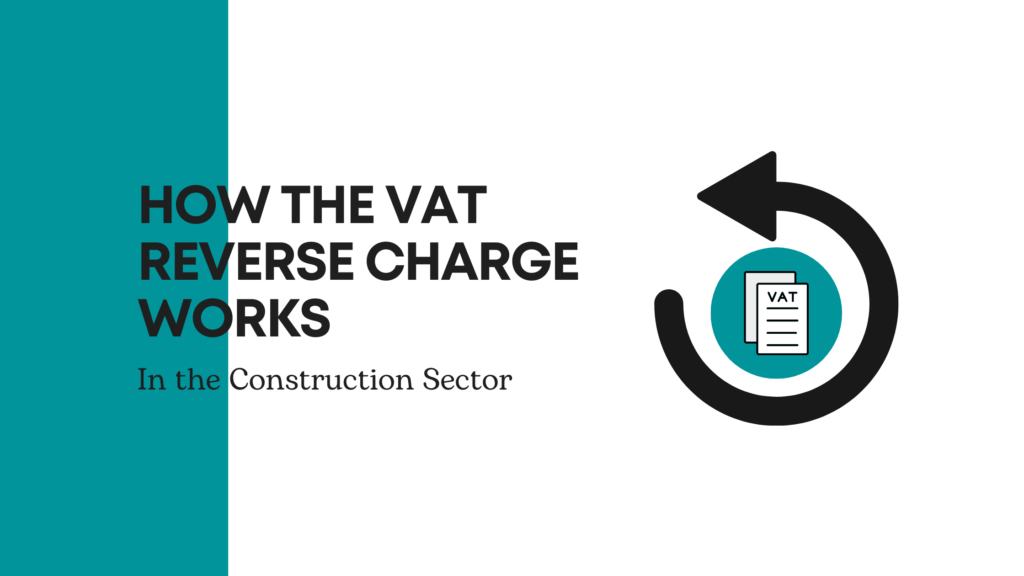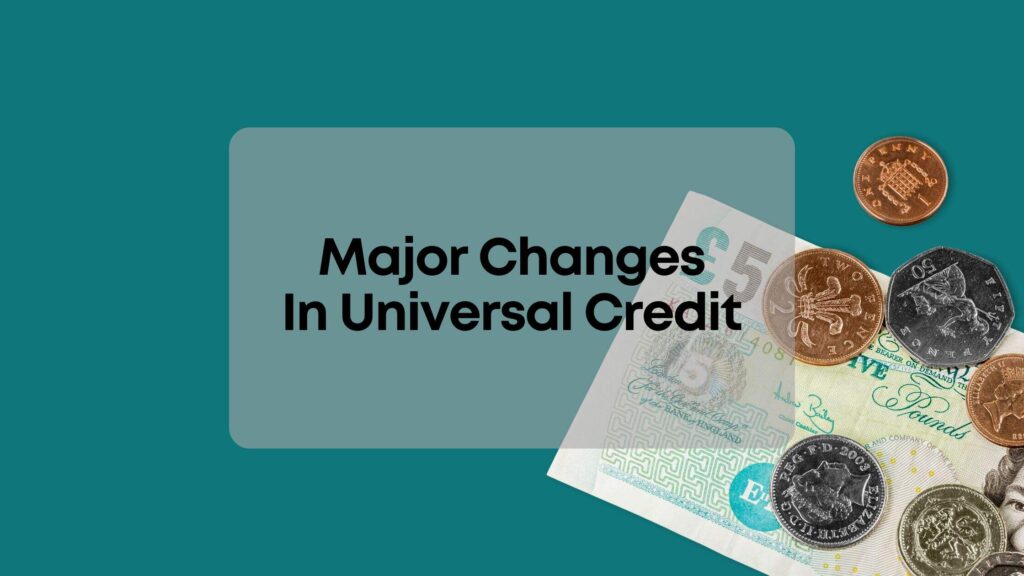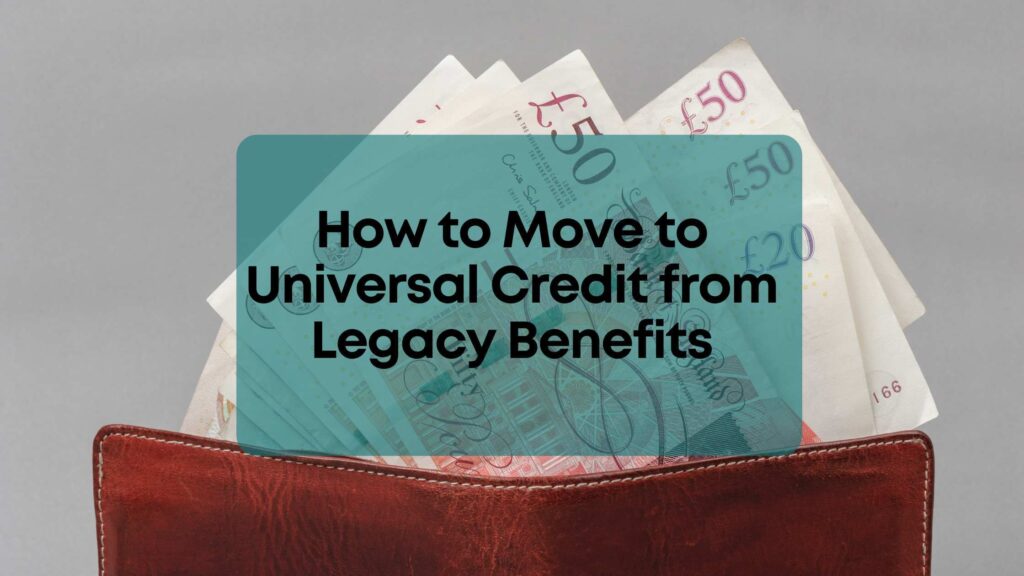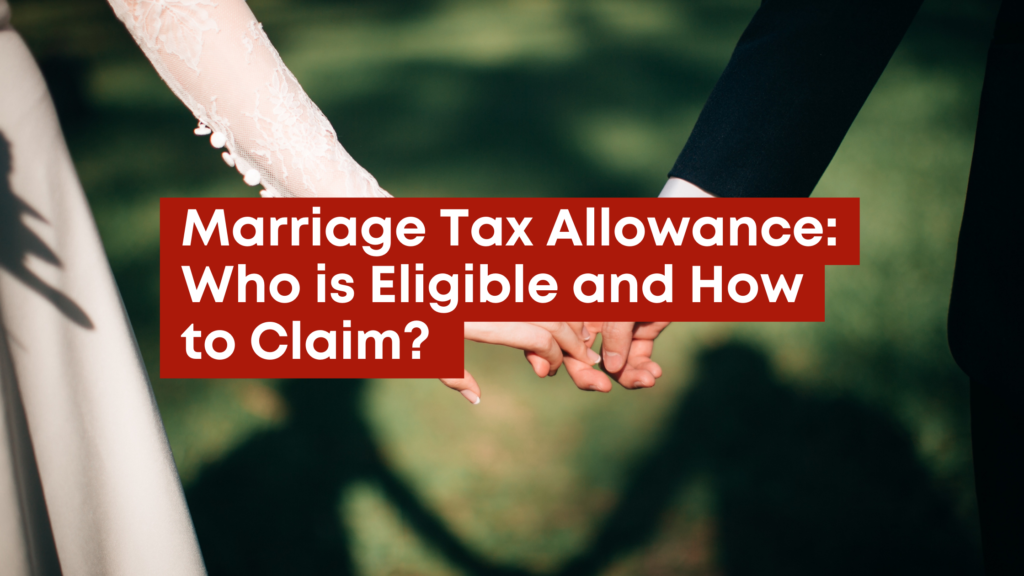The VAT reverse charge, introduced in 2021, changes how VAT is managed in the construction industry by making the customer responsible for reporting and paying VAT directly to HMRC. This measure aims to reduce VAT fraud and ensure fairness in the system. It is important for businesses in the sector to understand when the rule applies and its impact on their operations.In this article, we explain how the VAT reverse charge works, its application, and its effects on subcontractors and contractors, along with practical compliance tips.
What Is the VAT Reverse Charge?
The VAT reverse charge is a system where the customer pays VAT directly to HMRC instead of the supplier adding it to their invoice. Normally, a supplier charges VAT to their customer and then pays that VAT to HMRC. With the reverse charge, the supplier does not charge VAT. Instead, the customer reports the VAT to HMRC and can reclaim it if eligible. This rule applies to specific construction services. It ensures VAT fraud is reduced, as VAT is only paid at the end of the supply chain.
When Does the VAT Reverse Charge Apply?
The reverse charge applies when:
- Both the supplier and customer are VAT-registered in the UK.
- The service is part of the Construction Industry Scheme (CIS).
- The service has a standard or reduced VAT rate.
- The customer is not the end-user (someone who will not use the service for further work).
The reverse charge does not apply to:
- Zero-rated VAT services (like new-build housing).
- Non-VAT-registered businesses.
- Work done outside the UK.
For example, if a subcontractor provides a service to a contractor who will use it for further work, the reverse charge applies. But if the contractor sells the service to an end-user, normal VAT rules are used.
Expert Accountants For
VAT Registered Business
Our expert team can help you stay compliant with VAT regulations. We provide personalised support, from registration to reclaiming VAT. Book a free consultation today!
Book a MeetingWhatsApp UsHow Does the VAT Reverse Charge Work?
The reverse charge process is different from normal VAT procedures. Here’s how it works:
- Supplier issues an invoice: When supplying construction services, the supplier creates an invoice but does not add VAT to the total. Instead, the invoice must clearly state that the reverse charge applies. For example, it should include a note like:
“Reverse charge: Customer will account for VAT to HMRC.” - Customer accounts for VAT: The customer receiving the invoice is responsible for calculating the VAT amount and reporting it on their VAT return. They include it both as output VAT (VAT they owe) and input VAT (VAT they can reclaim if eligible).
- No net VAT liability: Because the customer reports VAT as both input and output, the overall impact on their VAT liability is neutral. This eliminates the need for VAT to be passed through multiple suppliers in the chain.
This process keeps VAT neutral for the customer. It also ensures VAT is only paid when the service reaches the end-user.
How the VAT Reverse Charge Affects Your Business
The VAT reverse charge changes the flow of VAT within the construction sector, impacting both subcontractors and contractors. It requires careful handling of invoices and VAT returns to ensure compliance.
For Subcontractors:
- VAT will no longer be charged on invoices where the reverse charge applies.
- Potential cash flow impact due to not receiving VAT payments.
- Ensure invoices clearly state that the reverse charge applies.
- Do not include this VAT in VAT returns.
For Contractors:
- Responsible for reporting VAT on reverse charge invoices received.
- Include this VAT in VAT returns as both input VAT (to reclaim) and output VAT (to pay).
- Increased administrative responsibility to ensure proper VAT management.
Tips to Stay Compliant with VAT Reverse Charge
To stay compliant with VAT reverse charge rules, always review contracts thoroughly to ensure you understand when the reverse charge applies. Communicate clearly with your customers to confirm whether they are the end-user, as this determines whether normal VAT rules should apply instead. Using good accounting software can help you calculate and report VAT accurately, reducing the chance of mistakes. If you’re ever unsure about the process, consulting a tax advisor can help you navigate the rules with confidence.
Final Thought
The VAT reverse charge is an important rule for the construction industry. It changes who is responsible for paying and reporting VAT. Subcontractors need to issue correct invoices, and contractors must handle VAT reporting carefully. Understanding how VAT reverse charge works and staying organised can help you follow the rules and avoid mistakes. Swiftacc can simplify the process and provide the support you need. Contact us today to stay compliant and focus on growing your business.
This article is for general information only and is not professional advice. Tax rules, like the VAT reverse charge, can change and may not apply to your situation. Please speak to an accountant or tax expert for advice that suits your needs.
Frequently Asked Questions
What if I’m on the Flat Rate VAT Scheme?
The reverse charge does not apply to businesses using the Flat Rate VAT Scheme. However, switching to the Standard VAT Scheme may help if the reverse charge affects most of your work.
Does the reverse charge apply to labor-only contracts?
Yes, if the labor is part of a service under the Construction Industry Scheme (CIS) and is subject to VAT, the reverse charge applies.
How do I report reverse charge VAT on my VAT return?
As the customer, report the VAT as both input VAT (to reclaim) and output VAT (to pay). Subcontractors do not report this VAT on their returns.
Which services are affected by the VAT reverse charge?
Services such as constructing, altering, repairing, extending, demolishing, or dismantling buildings or structures are included. A comprehensive list is available in HMRC’s guidance.
Are there any exemptions to the reverse charge?
Yes, the reverse charge does not apply to services supplied to ‘end users’ or ‘intermediary suppliers’ who have provided written confirmation of their status.





